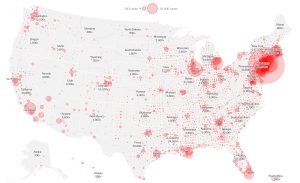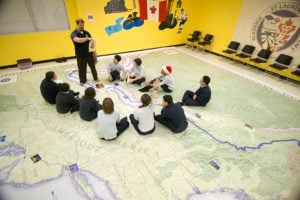You can’t smell it, you can’t feel it, but it’s there — and it’s a problem.
A recent study published in the journal Science Advances shows that light pollution—excessive artificial light which alters natural lighting levels—is endemic around the globe. A series of maps produced by the researchers estimates that more than 80 per cent of the world lives under light-polluted skies, with 99 per cent of people living in Europe and the United States directly affected by this form of environmental pollution.
But other than not being able to see the Milky Way when gazing up at the night sky, is there reason to be concerned about light pollution?
The answer is yes; light pollution can have devastating effects on both humans and wildlife. In humans, light pollution can disrupt sleep patterns, which increases a person’s risk of developing health issues such as obesity, depression, high blood pressure and more. For wildlife, light pollution can be lethal.
Birds in particular are susceptible to the harmful effects of light pollution. Artificial lights cause them to become disoriented, frequently leading them to crash into buildings or other brightly lit structures.
Turtles also suffer under non-natural lighting conditions. Bright lights can discourage female turtles from coming onshore to nest, and for newly hatched turtles—which rely on the night sky to guide them towards the sea—artificial lights are disorienting and can prevent them from making their way to the water.
Ongoing efforts to eradicate light pollution include the Royal Astronomical Society of Canada’s light pollution abatement program, which works to raise awareness of the problem and advise governments and the public on ways to mitigate it.
You can make a difference on a daily basis by remembering to turn off the lights when you leave a room at night, putting motion detectors on exterior lights, and by keeping lights off as much as possible when camping or at a cottage.





